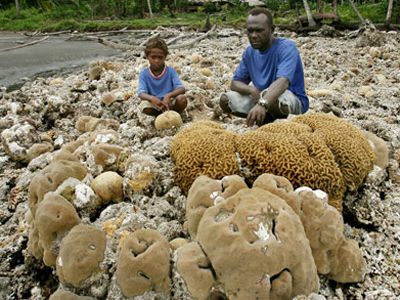What is hiding in the deep sea, the lonely environment on earth?

Over 70% of the earth's surface is covered by the sea, but for most people, the “sea” is a very limited area of up to 200 meters where you can swim and fish. A science-based YouTube channel Kurzgesagt explains in the movie what kind of things are waiting in the “ deep sea ”, which is deeper than that.
Until now, humans have visited remote islands, conquered the Arctic Circle, and explored the deep jungle of the Amazon, but there are unknown areas on the earth that have not yet been explored.

It is the “deep sea” where there are many mysterious creatures in the dark.

Over 70% of the earth's surface is covered by the sea surface, but marine life accounts for only 2% of the amount of living organisms on the earth.

Furthermore, it is said that more than 90% of marine life lives in very shallow areas up to 200 meters in depth.

This 200-meter-deep area is bright due to light, and plants can synthesize light.
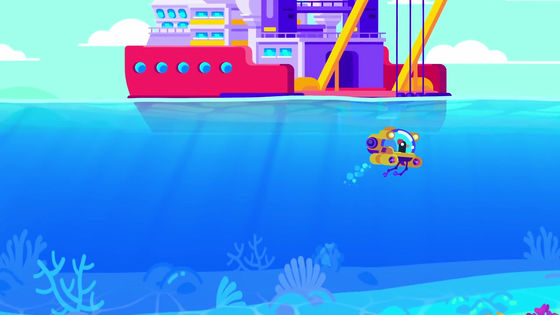
Therefore, there are many phytoplankton, unicellular algae and bacteria.

Small flora and fauna such as phytoplankton become food for larger plankton and support the ecosystem.
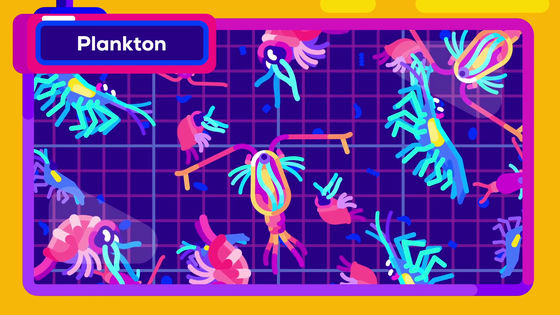
The area up to 200 meters deep is very similar to the Amazon rainforest, where there are not only marine life but also many coral reefs and algae. So far, humans have focused on this area up to 200 meters deep and have been fishing, swimming, polluting and investigating.
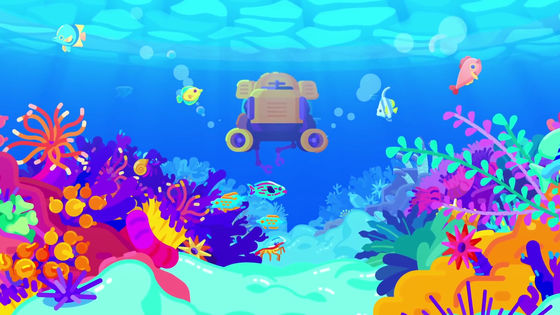
However, there are even deeper and darker oceans on Earth. If you go further from the coastal waters, there is a gently sloping seabed called the
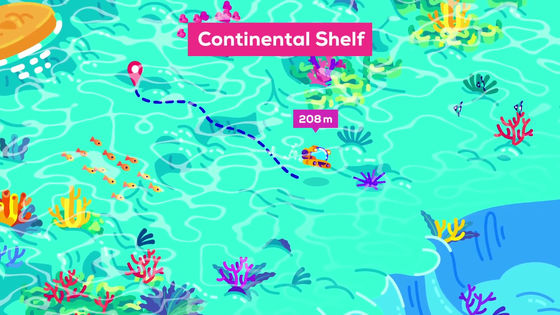
When you reach the edge of the continental shelf, you reach a steep slope called the
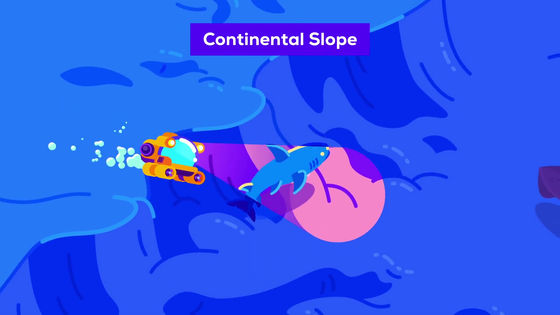
Further beyond the continental slope, there is an area called the
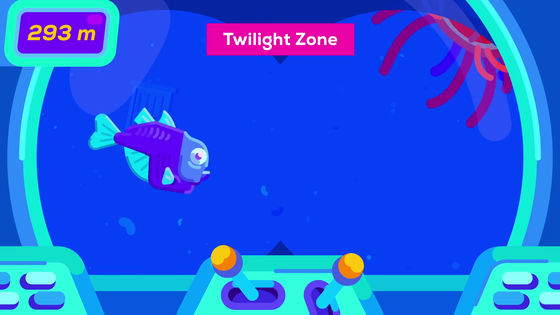
If you dive deep in the sea so far, the water pressure will rise to a fatal height.
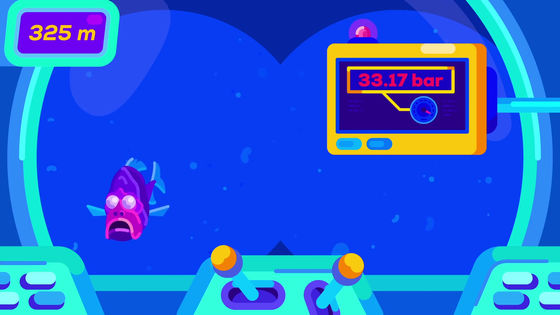
The world's deepest record of scuba diving at the time of writing is 332 meters.
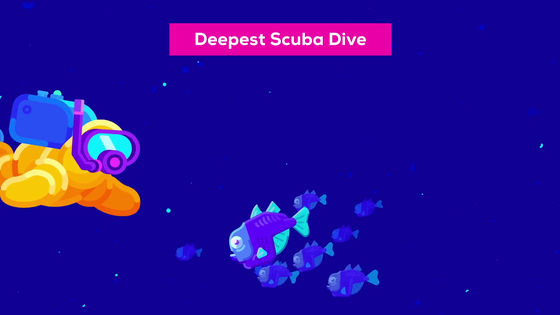
Swimming in this deep water pressure is like balancing with 200 cars stacked on your head.

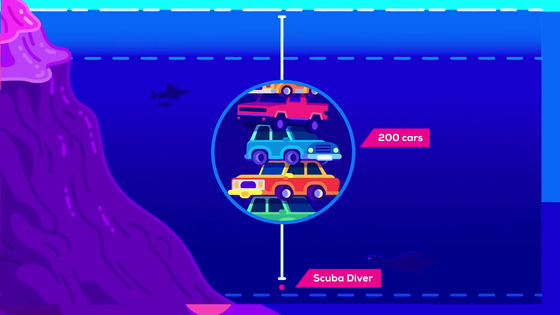
Up to such mid-deep waters, only 3% of the total ocean volume on Earth can be covered. In addition, the number of living creatures seems to be reduced by about half compared to areas up to 200 meters in depth. Living creatures living in the mid-deep water area stay in this area to hide from the sea predators during the day, and move to shallow areas where food is abundant at night.
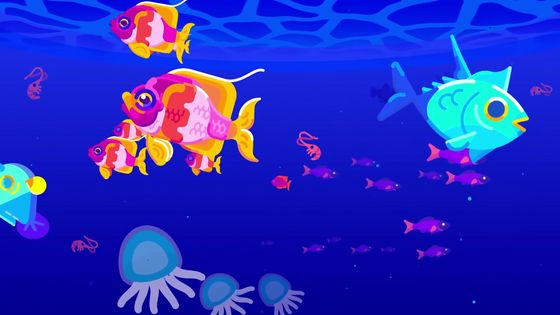
Light is a powerful tool in the mid- and deep-sea areas where darkness and dim light from the sun coexist.
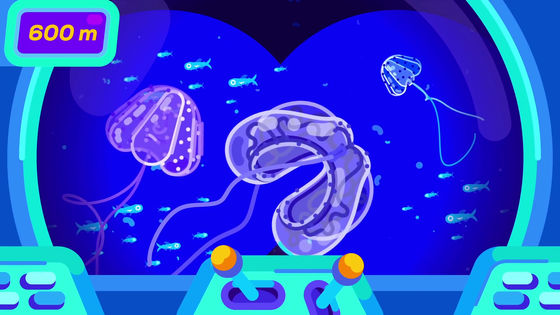
More than 90% of the organisms unique to the mid- and deep-sea areas are capable of
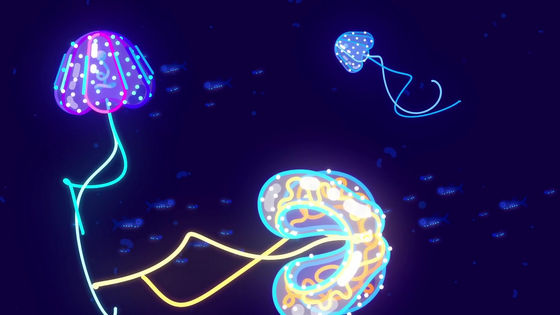
Therefore, it is said that organisms use bioluminescence in the mid- and deep-sea areas for communication, threats and hunting with friends.
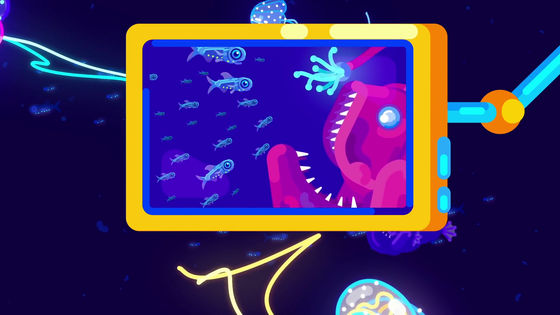
Another way to live in the dark deep sea is teamwork. The
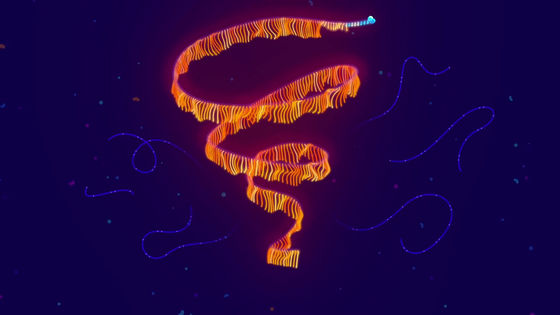
The medusa jellyfish emits strong blue or red light, attracting food that feeds, and preying prey that approaches the light with a poisonous needle.
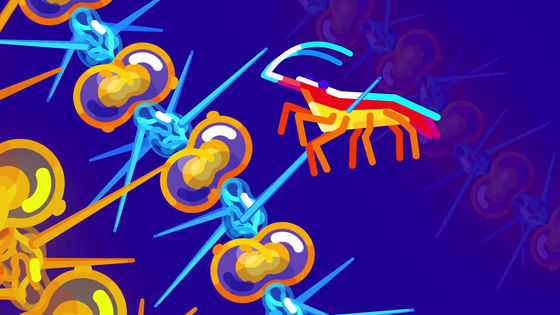
However, not all creatures in the mid and deep waters can hunt like a jellyfish. Most living organisms use a substance called “

Marine snow is snow-like white particles floating in the sea, and consists of fragments of plants, animals, shells, and so on. It seems that marine snow is not tasty, but many living creatures in the deep sea keep their lives.

Naturally, there are creatures that use nutrients other than marine snow, and the world's largest
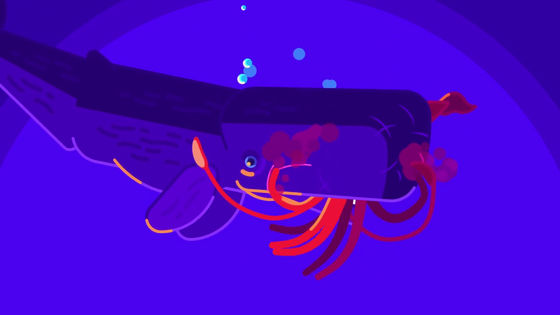
An area deeper than 1000 meters deeper than

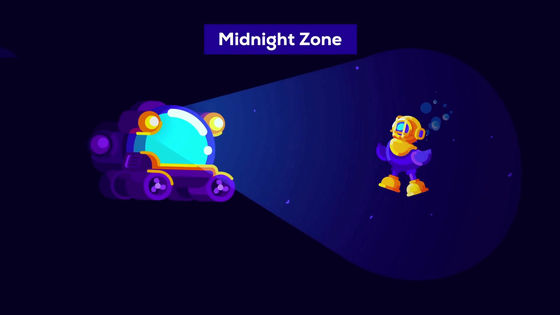
Living in this area seems to be very energy efficient, as it is very difficult to find food in the ascension.

A

Long and thin legs are covered with small hairs, which are used to collect food from the water.

Because you can collect food while swimming, it will save a lot of energy.

In the case of carnivorous fish that live in ascending depths, it is very difficult to find the creature itself, so it is necessary to kill the prey with a single blow so that it cannot escape if it finds the creature. For this reason, carnivorous fish that live below the ascending depth have long teeth or have a size that allows them to crawl their creatures.

We dive deeper into the sea and reach a depth of 3800 meters.
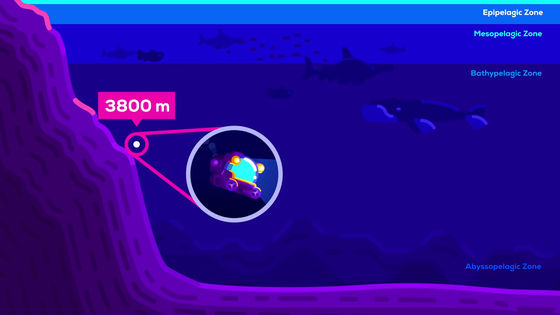
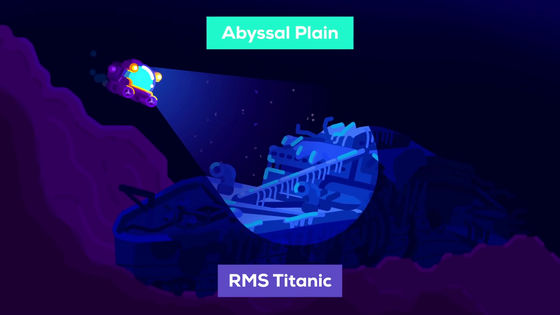
If you go deeper into the sea, the movement of the creatures will be very slow, and you will not be able to move. The creatures that live in this area move quickly only when they are in danger of life.
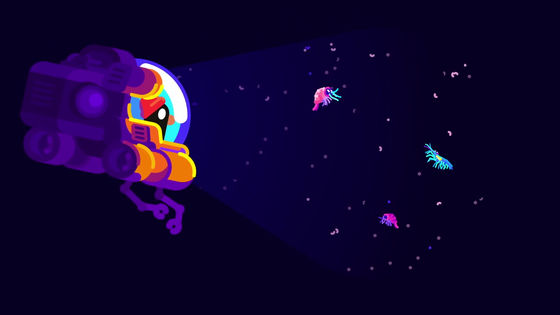
The seabed finally appeared after reaching a depth of 4000 meters. It is covered with gray mud, rocks and marine snow.
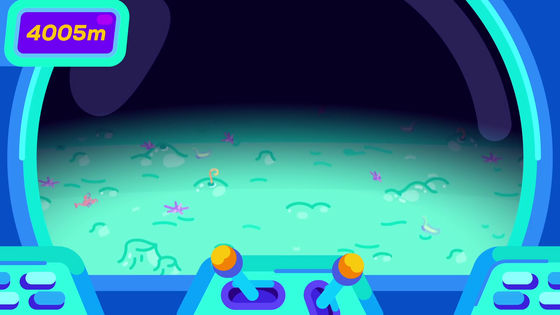
These are foods for sea cucumbers, shrimps, sea urchins, etc.
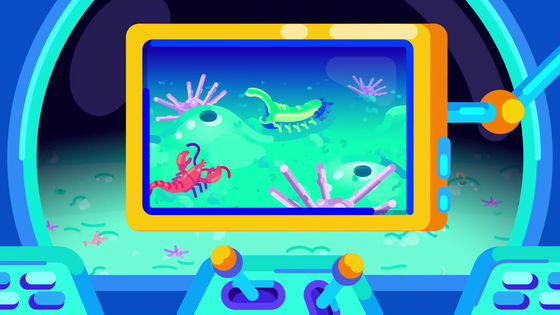
Small black deposits can be seen on the seabed at a depth of 4000 meters. This is a spherical conglomerate called
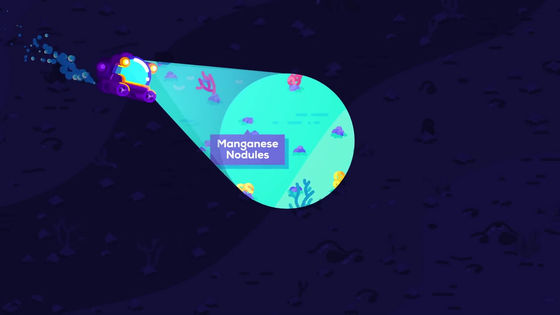
The bottom of the sea is a very severe environment for life like the ascending layer, but in the case of the bottom of the sea there is an area that can be called an oasis for life. It is a
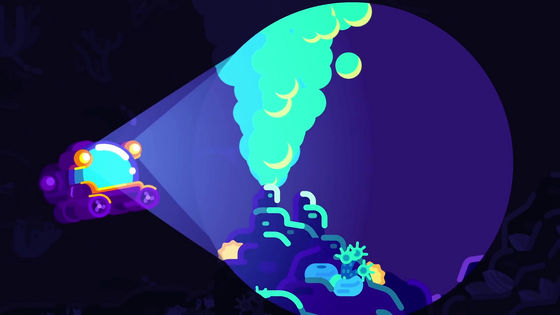
Dive deeper into the sea and reach a depth of 7000 meters. This is the entrance to the
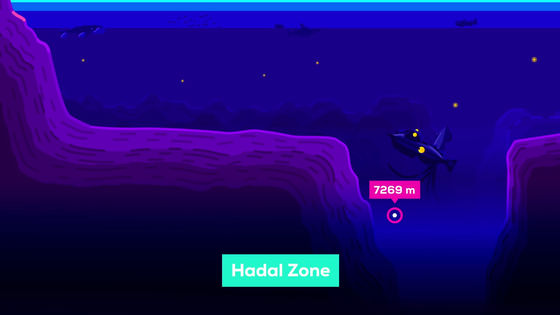
The ultra-deep water zone is the most severe environment in the sea, and only living organisms that can inhabit extreme environments such as
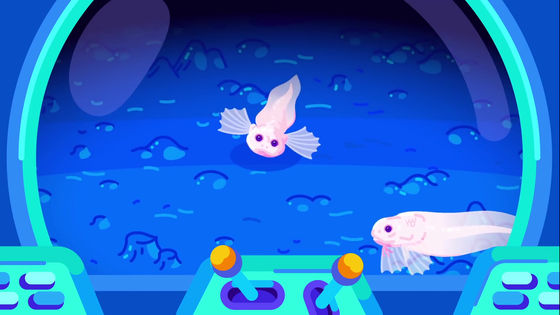
Pointed black rocks increase when the depth exceeds 10,000 meters. In the case of the
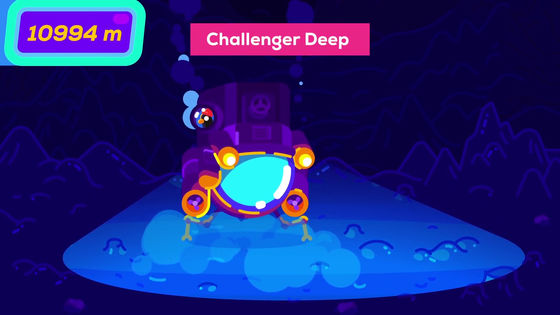
It seems that swimming in this water pressure is like balancing 1800 elephants on the head.
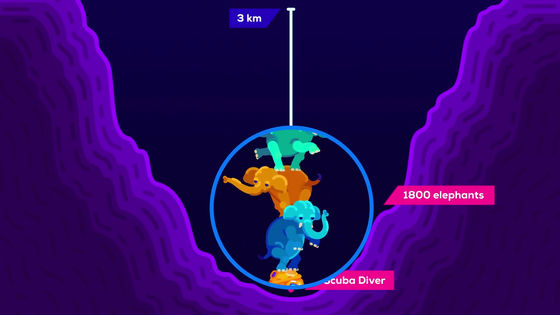

Related Posts:





